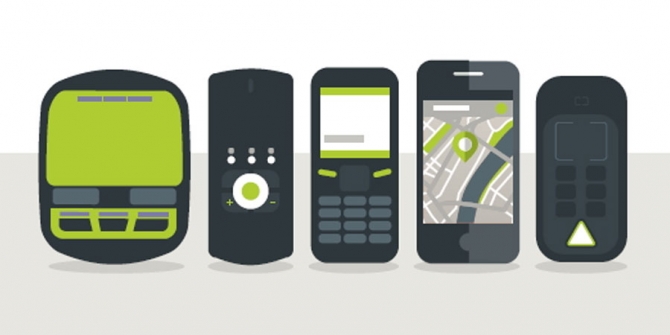First of all implementing a lone worker system will not on its own mitigate or remove risks. Most employers find that a lone worker system should form part of a total solution that also incorporates a practical lone working policy, safe systems of work, safe working practices, a good reporting which allows risks to personal safety to be communicated to the appropriate lone workers . This should be implemented and backed up by relevant lone worker training.
Small organisations may find that one type of lone worker device suits all lone workers in their organisation, but a larger company is likely to find different job roles require a different solution or device. The driving force should always be ensuring that the chosen product is fit for purpose and relevant to the level of risk for all staff, in whatever job role.
Take a Housing Association – Office staff, customer facing reception staff, housing officers visiting tenants in their own homes, operatives and maintenance staff and support workers working with a myriad of clients from the very young to the elderly, homeless clients and those with mental health issues or drug and alcohol dependency. On top of this we have to consider the geography in which these staff are working; isolated countryside or inner city housing estate. Clearly one lone worker product is not going to fit all. Therefore it’s key that the organisation you choose to supply the service has the skills, experience and most importantly, commitment to walk alongside you to meet these challenges and can offer a mix of solutions and technologies.
Equipping each individual with the appropriate device – appropriate for risk level and technical competence – goes a long way to maximising staff satisfaction and confidence. It’s also important that the client has a commitment to evolve and develop. Technology moves quickly and advances offer a lot to lone worker protection devices, so a company who can keep up with emerging technology means that the organisation can consider the most advanced solutions throughout their contract to protect their employee’s.
Choosing the Device
Having identified the types of lone workers within your organisation and the nature of risks they face, suitable safety features can be found below. Prior to entering into any contract with a supplier, important questions need to be asked such as:
- Is face to face training included in the package?
- Do you have a dedicated service team for device users?
- Can you provide management reports?
- How long is the battery life on the devices?
- How quickly will an alert be responded to?
- Can the device provide regular GPS locations?







